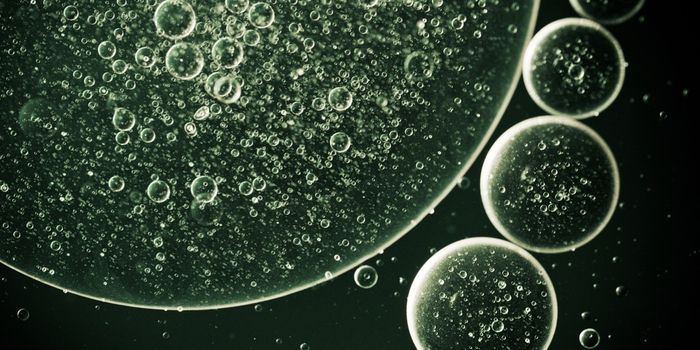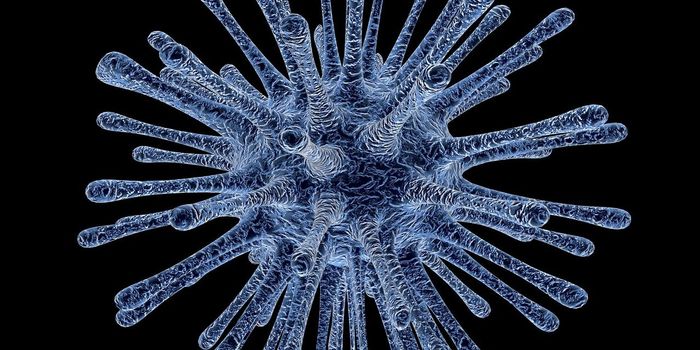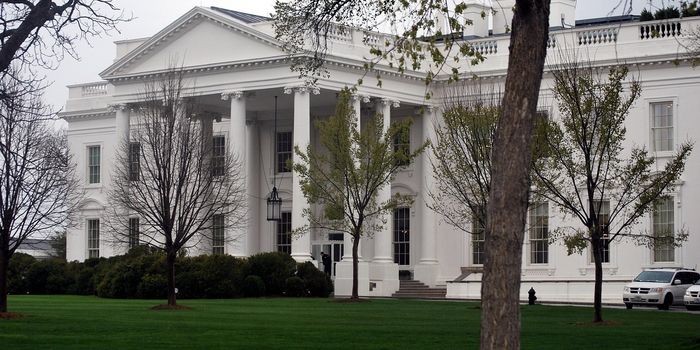PAR glycohydrolase inhibitors to enhance treatment for gliomas
New hope for glioma patients comes in the form of a novel strategy to target tumors, the results of which are published in Cancer Discovery, a journal of the American Association for Cancer Research. The research was spearheaded by investigators at Massachusetts General Hospital who hope to inform mechanisms that will improve treatment options for the disease.
While patients with glioma brain tumors can receive surgery, radiation, and chemotherapy, these treatment options do not always offer a cure to the disease. However, past work led by Mass General's Daniel Cahill, MD, Ph.D., Hiroaki Wakimoto, MD, Ph.D., and Julie Miller, MD, Ph.D., demonstrated how mutations in the isocitrate dehydrogenase (IDH) genes have a metabolic Achilles heel. What they found is that mutant IDH genes are particularly susceptible to treatments that lower levels of NAD+, an important metabolic molecule.
So the researchers combined this knowledge with another key piece of information: chemotherapy activates an enzyme that stimulates NAD+ molecules to unite to produce poly(ADP-ribose), or PAR, which is a key DNA damage signal. And it only does this in IDH mutant glioma cells, not healthy cells.
Knowing this, the researchers figured this provided the perfect opportunity to target IDH mutant glioma cells by maintaining high PAR levels and low NAD+ levels through chemotherapy.
"We found that maximum effectiveness was achieved by combining two agents: temozolomide, the chemotherapy most commonly used to treat patients with IDH mutant gliomas, with a drug that blocks PAR breakdown, known as a PAR glycohydrolase inhibitor," said Dr. Cahill,
Dr. Wakimoto continues, explaining: "We showed, for the first time, that PAR glycohydrolase inhibitors can be used to enhance the effectiveness of chemotherapy in tumors with metabolic weaknesses in the NAD+ pathway.”
Dr. Miller concludes that their findings have real-life implications for glioma patients. "The long-term significance is that, based on our findings, they could be tested in individuals with IDH mutant gliomas, with a goal of hopefully improving outcomes in these patients," she said.
Sources: Cancer Discovery, Eureka Alert









